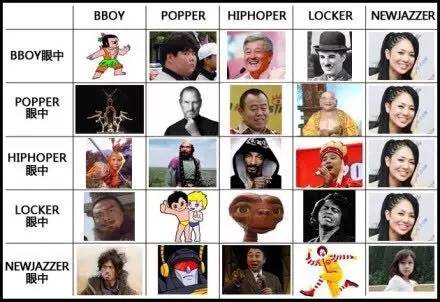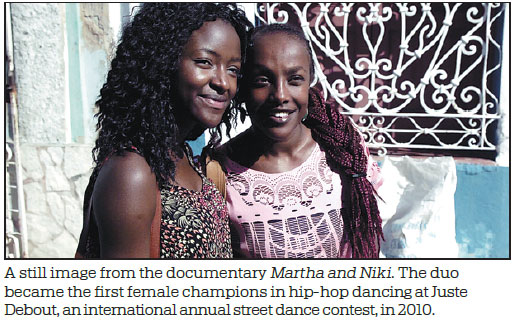Title: Breaking Stereotypes: The Transformation of Gender Roles through Male Cross-Dressing
In a society where gender roles are often rigidly defined, individuals who challenge these norms can be met with both admiration and skepticism. One such individual is the male cross-dresser, who defies traditional expectations by donning clothing typically associated with women. This essay will examine the motivations behind male cross-dressing, explore the impact it has on both the cross-dresser and their surroundings, and analyze the broader implications of this phenomenon for our understanding of gender and sexuality.
Male cross-dressing, also known as transvestism, can take many forms. It may involve wearing clothes that are traditionally worn by women, such as skirts, dresses, or blouses, or it may involve wearing makeup or other forms of feminine adornment. Some men cross-dress purely for aesthetic or personal expression reasons, while others do so as part of their gender identity or sexual orientation. Regardless of the motivation, male cross-dressing represents a significant departure from traditional gender norms.
For some cross-dressers, the allure of clothing typically associated with women stems from a desire to express themselves in ways that are not available to them as men. In a world where men are often encouraged to be aggressive, dominant, and hyper-masculine, clothing that is more feminine can provide a sense of release and empowerment. For these individuals, cross-dressing is a way to explore and express aspects of themselves that may be suppressed or marginalized in more traditionally masculine environments.
Cross-dressing can also be a form of coping mechanism for those who identify as transgender or non-binary. For some individuals, wearing clothing that is associated with their gender identity can help them feel more comfortable and authentic in their own skin. This can be particularly challenging for trans men, who may face discrimination and hostility when they wear traditionally feminine clothing outside of the home. By wearing clothing that is more in line with their true gender identity, these individuals may feel safer and more accepted in society.

The act of male cross-dressing itself can also have significant social consequences. On a practical level, it can be difficult for cross-dressers to navigate environments that are not designed to accommodate their gender expression. Public restrooms, for example, may be equipped with stalls that are not large enough to fit a man wearing a skirt or dress. Similarly, some workplaces and public spaces may have policies against men wearing clothing that is associated with women, which can create difficulties for cross-dressers seeking to work or socialize in these environments.
On a deeper level, male cross-dressing raises questions about our understanding of gender and sexuality. Traditionally, gender has been understood as a static and binary concept, with boys being identified as having traits typically associated with masculinity (such as aggression and dominance) and girls being identified as having traits typically associated with femininity (such as nurturing and passivity). However, the rise of male cross-dressing challenges this notion of fixed gender roles. By blurring these lines and encouraging individuals to express themselves in unconventional ways, cross-dressing invites us to reconsider what it means to be male or female in a rapidly changing world.
Despite the challenges that male cross-dressing presents, there are also many benefits to this phenomenon. For one thing, it provides an outlet for self-expression and creativity that is often limited for many men. By breaking free from traditional societal expectations and embracing their inner woman, male cross-dressers are able to tap into a sense of empowerment and liberation that is often lacking in more traditional male environments. Additionally, male cross-dressing can serve as a source of inspiration for other individuals who may struggle with feelings of oppression or marginalization due to their gender or sexual identity. By showing that it is possible to live outside of rigid gender roles and expectations, male cross-dressing helps to promote a more inclusive and accepting culture.

In conclusion, male cross-dressing is a complex and multifaceted phenomenon that challenges traditional notions of gender and sexuality. While it may present practical difficulties for some individuals, its potential benefits in terms of self-expression and empowerment make it a powerful tool for pushing back against oppressive societal norms. As we continue to grapple with issues related to gender and sexuality in the modern world, male cross-dressing offers a valuable perspective that deserves careful consideration and analysis.
Articles related to the knowledge points of this article:
Title: Exploring the Intricacies of Ties: A Guide to the English Word for Bow Tie
Title: Mastering the Windsor Knot: A Comprehensive Guide to Tie a Half-Windsor Knot
Shopping for a Down Jacket: A Guide to Staying Warm This Winter
Title: The Little Red Scarf: A Tale of Beauty, Culture, and Personal Style
The combination of羽绒服 (down jackets) and围巾 (scarves) in winter fashion



